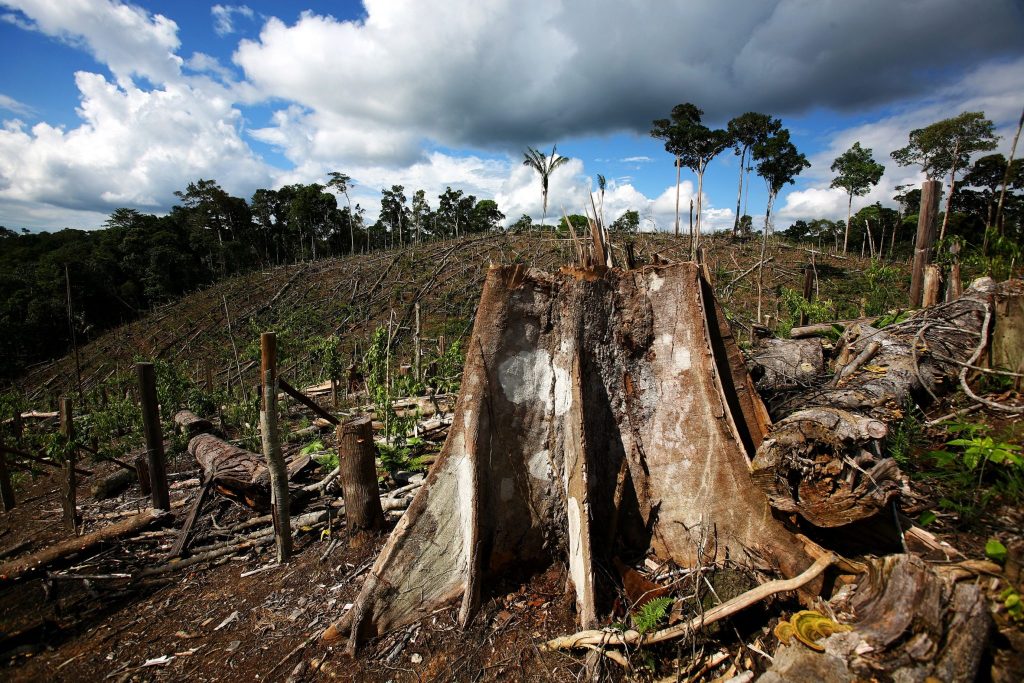By Ravindra Kariyawasam
In the occurrence of a massive environmental destruction throughout the island, Sri Lanka found 2020 to be the year of serious eco-devastation in recent history. 2020 consisted of the largest deforestation along with a number of eco-damages to Sri Lanka to date.
Unseen but haunting, the eco-crisis is one of the worst global calamities leading to the destruction of mankind. The eco-crisis is not a product of itself, but was spawned by the existing socio-economic pattern. In this context we are able to carefully observe the eco devastation that is taking place in the country.
Despite the pandemic being our eyeopener to reevaluate our dealings with nature once more, the massive deforestation continued resulting in the decline of its concentration.
The Centre for Environmental and Nature Studies currently estimates that Sri Lanka lost more than ten acres of public forests on a daily basis from the point of January to December 31, 2020. According to the center at the heart of the massive scale of deforestation was the propertisation of land for private use and forest fires.
Circular 01/2020 was issued dismissing the previous circulars for the protection of the remaining forests such as 5/2001, 5/1998, 2/2006. The dismissal of circulars, the launch of development projects without environmental assessment reports, and the privatisation of forests for political purposes were very much evident throughout the year.
Hiding behind the ‘Vision for Prosperity’ for development, Sri Lanka’s natural eco-systems were destroyed and the environmental law was violated at great speed.
2020 also saw a number of killings of elephants amid the human-elephant conflict in Sri Lanka. An estimate of 407 elephants in 2019 and 317 in 2020 along with 122 humans were killed in the conflict in 2019. Elephants were killed by shooting and poisoning. The first elephant death in 2021 was reported in Uva Paranagama, only days ago.
Divulged in a research paper published by Supun Lahiru Prakash and Dr. Prithiviraj Fernando and discussed at the State Accounts Committee, these figures marked Sri Lanka to be the country with the highest number of elephant killings in the world.
In 2020, illegal activities such as the devastation committed to World Heritage Sinharaja Forest for the purpose of road construction followed by illegal clearing of forests such as Sri Pada, Knuckles mountains and Horton Plain was also reported widely.
The quality of water in Kelani River, the main water supplier to Colombo improved from March 2020 which continued for several months. But as the lockdown was lifted, the water has now turned back to its former polluted state within days.
During the lockdown months more than 25 eco-systems, including Wilpattu, Anawilundawa, Ethawetunuwewa, Nilgala, Rekawa Lagoon, Vavuniya Mamaduwa, Rambakan Oya, Jalagelum Nimnaya and Galwalayaya were destroyed. Instead of learning from the pandemic situation, the crisis in Sri Lanka was taken advantage of for immediate benefits, as predicted by Naomi Klein relating to power profits from disaster.
The writer is a known environmental activist in Sri Lanka.
